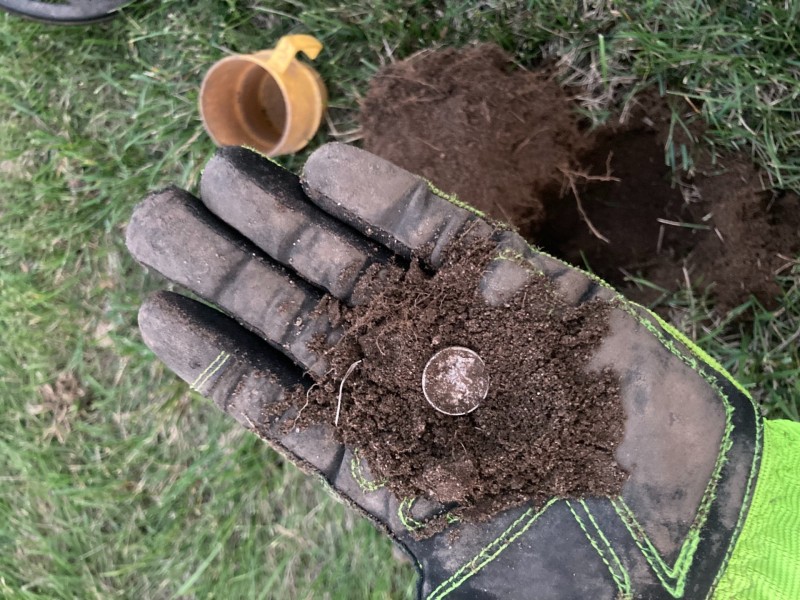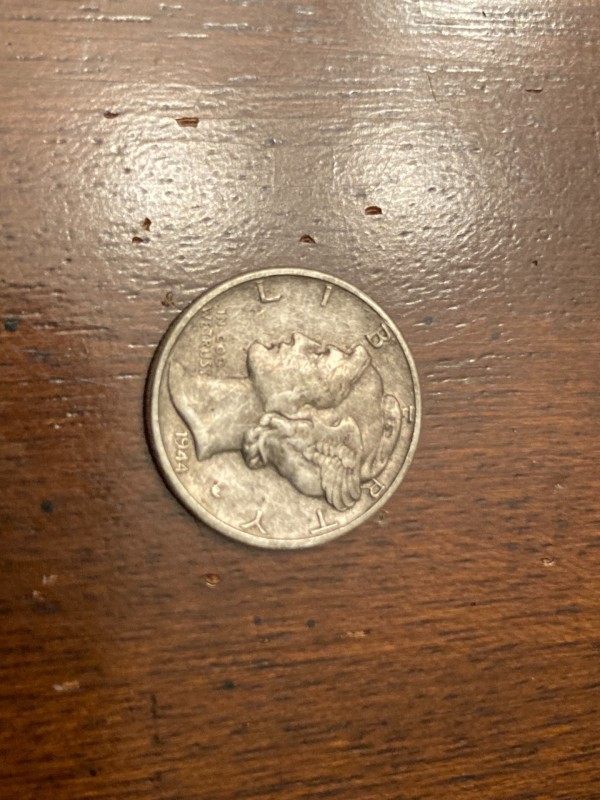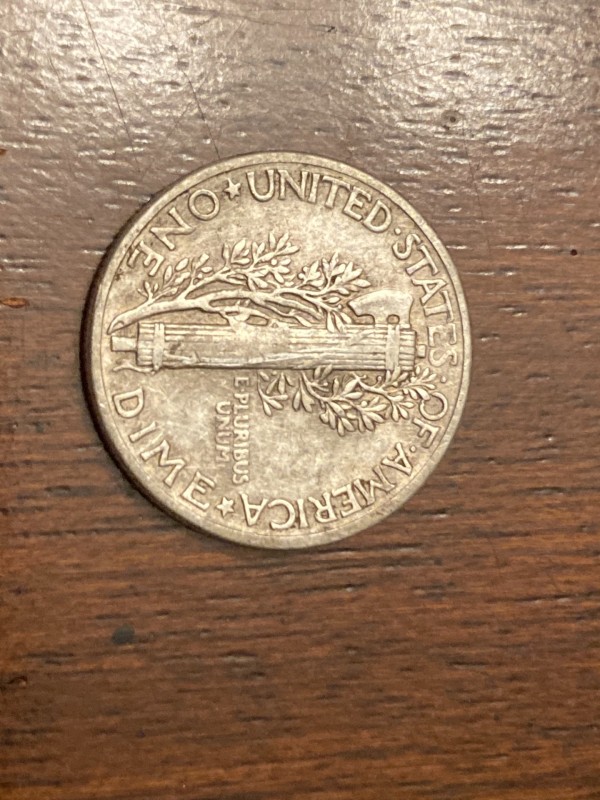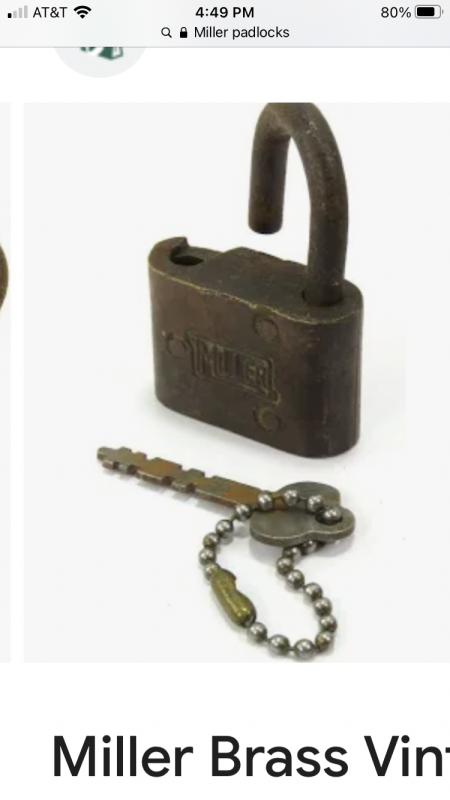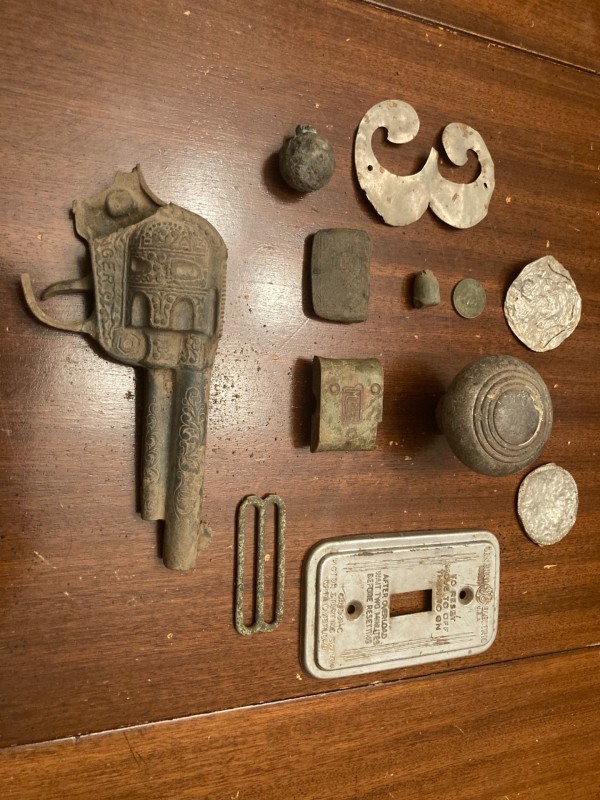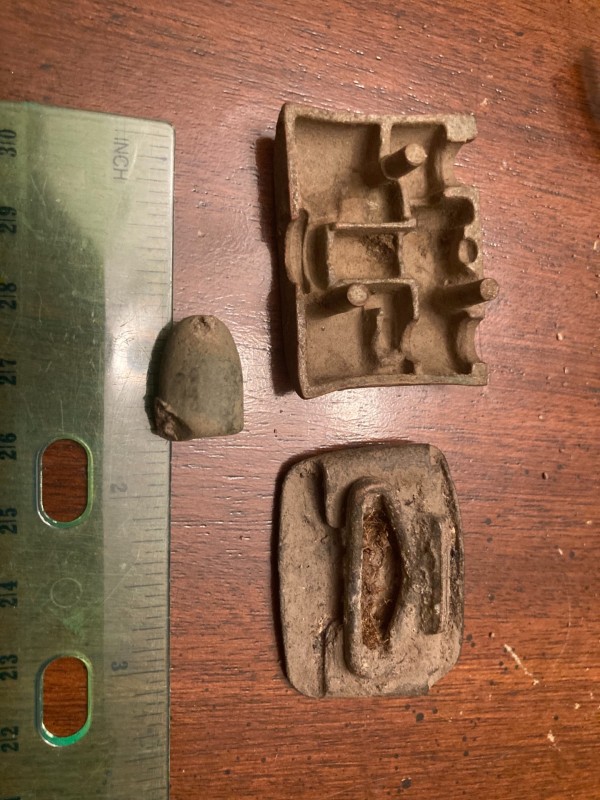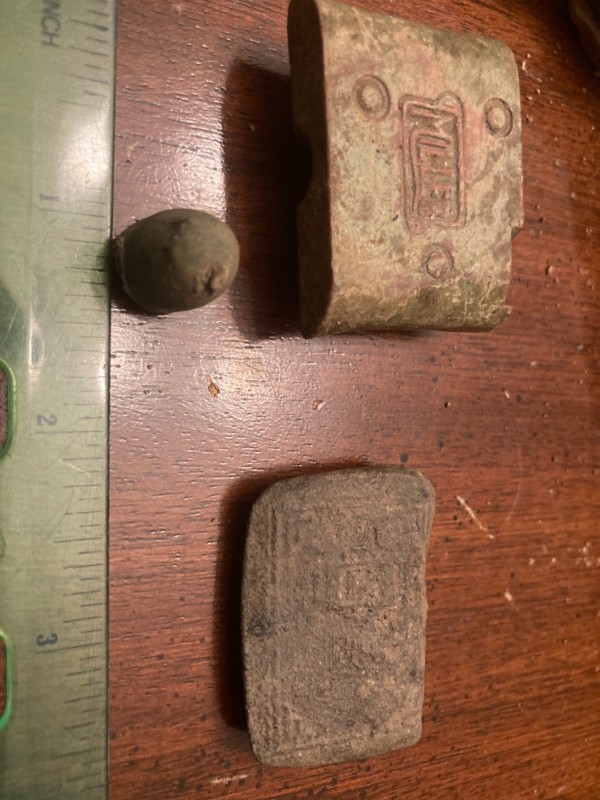-
Posts
331 -
Joined
-
Last visited
Content Type
Forums
Detector Prospector Home
Detector Database
Downloads
Everything posted by Geologyhound
-
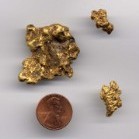
Brecia Ejecta Or Something Else?
Geologyhound replied to Rockmyworld's topic in Rocks, Minerals, Gems & Geology
Looks like a typical mineral assemblage for a potassium feldspar granite with some larger grain sizes indicative of slower cooling. I don’t see any radial fracturing, tektite glass, or melted areas with a glassy appearance. The individual clear grains mixed in with the other minerals would be quartz, not glass. -
Thanks! I am not finding Maprika or Tect O Track in the Apple App Store, but I did find the onX and Cal Topo apps.
-
Beautiful! I would have a big grin plastered on my face for weeks!
-
Did you find this in a fairly dry environment? The exterior of the “rock” appears to have sand sized particles cemented around it. If you brush it or rub it with your fingers, do any grains fall off? Such a “shell“ around a rock could be a weathering rind, or it could be a cemented crust. In this case, the appearance makes me think you may have a calcite cemented (caliche) crust. Caliche crusts are common in arid environments. If you drop a little dilute hydrochloric acid on the surface and it fizzes, that would confirm it. In this case I would further guess the rest of the “rock“ is actually a calcite cemented sandstone, and that calcite helped cement the crust.
-
One of the members in my metal detecting club showed me a commercially available app he uses for locating himself and historical features while metal detecting. That was a few months ago and I don’t remember the name of it. But while I was jumping back-and-forth between webpages on my phone to see historical topo’s, current street maps, etc. and cross-referencing between them to figure out where I was in relation to hundred year old features, he opened up his app and popped up a topo map layer on it with his position indicated. I don’t know the full capabilities of that app because I don’t have it. Instead, I have been “old schooling” it with the current iOS map app and a website with a series of historical topos (and index) for my state. So, there is at least one other app out there with georeferenced maps and the capability to show your position relative to that map. I cannot testify to the accuracy of that app. But this is why I said if Go Terrain doesn’t have a map overlay capability (at least for the US where I would use it) then it lacks capability compared to competing apps. Now, I am guessing any app with maps will be limited to the maps in the database which may be further limited by cell connection or freely available maps you can download for off-line use. I would think it would be a fantastic feature if you could have a GPS app reference user-supplied pictures/drawings/maps. If you could two-finger rotate and scale, or tap two points of current reference and two points on the figure to automatically overlay, I could see that being immensely helpful - especially in areas where cell reception is not available to maintain a link to a map server.
-
Thanks! Other than a few minutes in my backyard, this was my first real opportunity to use V2. I may need to double check to make sure I entered my programs correctly. It seems like a lot of the targets are sounding off louder. However, the coin had a nice soft pinpoint sound which told me it was smaller or deeper (about 5 inches). I may need to adjust some of the volume levels.
-
Had about 40 minutes to hunt this afternoon and stopped at this site. I am glad I did, as I finally broke my silver drought. This is the first silver dime I have found with my Deus 2. I just updated to version 2. Timewise, this jives with the rest of the stuff I’m finding at this site. But it’s silver, in decent condition, and not a relatively recent Rosie. Overall, I would say that was a great last find of the day on my way back to the car!
-
Yes, make sure you have permission to hunt. Like a lot of hobbies, a few bad actors can give a lot of people a bad name. Practice your recovery techniques and strive to leave the grounds looking better when you leave (I always pick up surface trash as well as the trash I dig). If you don’t have one, get a pinpointer. They are worth their weight in coins and then some. They will also greatly speed your recovery process and allow you to dig more targets.
-
Got permission to hunt a site which was in use in the 1850s. But, I think most of the stuff I found is from the mid-1900s. The Ranger cap pistol is from the 1950s. The “Miller“ item I believe is some sort of electrical junction? The “badge” has some sort of design on the front but I can’t make out any writing. There is some sort of hanger on the back. The foil items may be yogurt lids? There is embossed writing on one but I can’t make out what it says. It is definitely heavier grade foil than modern yogurt. I think the bullet is a .45, but I don’t know from what or how old. Soil is very soft - I can sink my trowel to the shank without much effort. The only coin I found here was a 1940s wheat. It was down around 6-7 inches and was an iffy signal with nails. I suspect I may need something larger than my deus 2 9-inch coil to find many coins here. Thanks for looking!
-
It might be a piece of cinder or foamed slag from an industrial furnace. Factory furnaces generated a lot of waste which was dumped or used as fill material all over the place.
-

Back To The Relic Park And Lightning Strikes Again!
Geologyhound replied to CPT_GhostLight's topic in XP Deus II Forum
Sounds like a great spot to keep hitting! -
Keep in mind that if something is molten, it would adhere to anything it touches unless it is dropped in water or solidifies before it touches something (e.g. a lava bomb). Lava bombs have a very typical spindle shape, and being volcanic ejecta, they also are full of gas pockets. Your rock does not have any of the hallmarks of a lava bomb. Even if this was some sort of spatter bomb that landed in water, it would have a typical spindle shape and should still have vesicles (gas pockets). The overall rounding on this looks much more like it is the result of river or ocean tumbling. The little pockmarks are a type of weathering pattern where weathering initially takes advantage of a small spot on the surface of the rock (due to salt, fractures, crystal structure, differential cementation, etc.). Once the weathering starts on a spot, there is now more surface area available. Progressive weathering deepens the pit as the surface area grows.
-
The greenish one may be chrysoprase - a greenish variety of agate. Any agate variety can scratch glass.
-

Seven Silvers And Then Some!
Geologyhound replied to SwiftSword's topic in Metal Detecting For Coins & Relics
I would have been tickled pink with the IHP, but with all the silvers and nice selection of artifacts to go with it… Wow! -

Is Anyone Familiar With The Mineral Sepiolite?
Geologyhound replied to C.Beattie's topic in Rocks, Minerals, Gems & Geology
From the manual of mineralogy (Klein and Hurlbut, 20th edition): “Sepiolite (meerschaum), a hydrous magnesium silicate, is a claylike, secondary mineral associated with serpentine. It is used in the manufacture of meerschaum pipes.” Chrysotile: monoclinic, SG 2.5-6, H 4, index of refraction 1.55, Fibrous variety of serpentine; “white asbestos” Sepiolite: orthorhombic, SG 2.0, H 2-2.5, index of refraction 1.52, meerschaum With a hardness 2.5 or less, you should be able to scratch sepiolite with your fingernail. With a hardness of four, you should be able to scratch a copper penny (pre-1982) with chrysotile. -
The last picture shows it has a granular composition. I was thinking quartzite or limestone. The lack of reaction to acid and ability to scratch glass rules out limestone. So, I am thinking it is quartzite.
-
Augen is German for eye. Looking at your rock you can see how it came by that name.
-
Bear in mind also, there is some variability in visual color of many crystal species (streak color is a different issue). Also, the color of a translucent or transparent crystal inside a vug while the crystal is sitting on a host rock will appear to be darker than if the crystal is all by itself with a light all around it. The reddish crystals are hard to make out much detail in the pictures. Are the reddish crystals more in the form of pillars or prisms, or more in the form of multi faceted balls?
-
I concur. Realgar and orpiment deposits tend to easily stir up dust when handled. You don’t want to breathe it. Handle with care. In addition, the grey material with cubic crystals looks like galena - which is lead sulfide. Nice little crystal deposits though.
-

Water Erosion Or Human Influence?
Geologyhound replied to PrettyOkay's topic in Rocks, Minerals, Gems & Geology
I may be off topic here, but I travelled over Top of the World Highway once. Aside from the beautiful sights, I always get a little smile when I remember how Chicken, Alaska was named. Ptarmigan were plentiful but nobody could spell it. So the residents named it Chicken instead. 😊 Beautiful sights up there - harsh winters, but beautiful sights. -

Does Anyone What Kind Of Nugget This Is?
Geologyhound replied to Jürgen Beyer's topic in Rocks, Minerals, Gems & Geology
Aluminum is paramagnetic and has a density of 2.7 g/cm3.- 16 replies
-
- advice and tips
- nuggetfinder
-
(and 1 more)
Tagged with:


